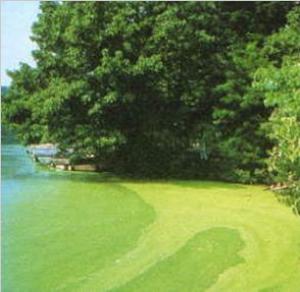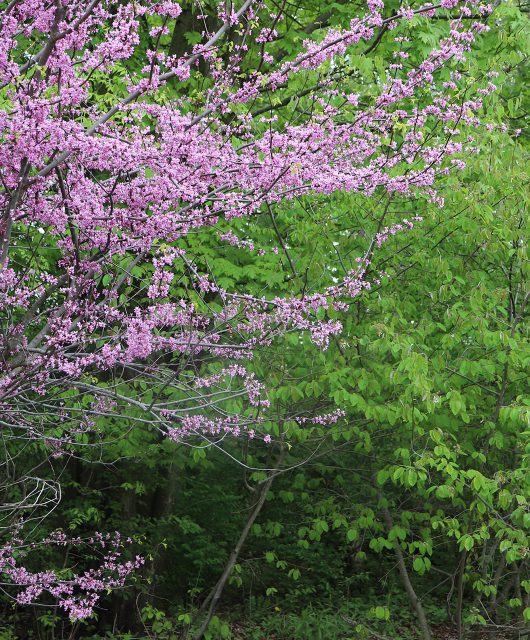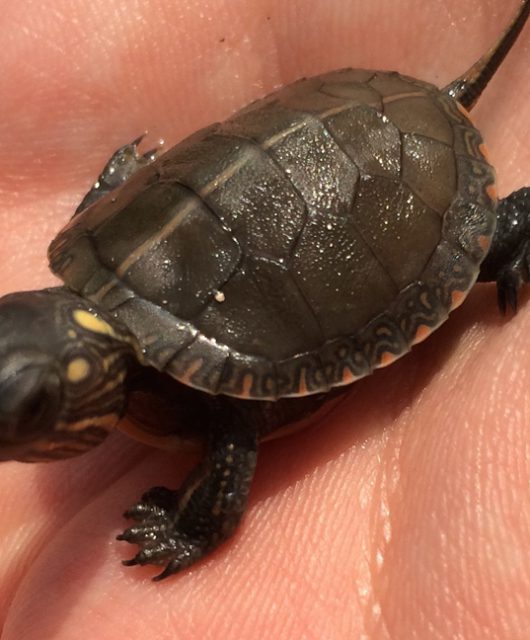
Content for this article was researched and written by CWF volunteer Connor Reid, with oversight provided by the CWF conservation team.
Phosphorus is the 11th most abundant chemical element in the earth’s crust. Often described as phosphates, it is found in many consumer products including detergents, toothpaste, even pesticides.
Phosphorus is necessary for living organisms. Animals require phosphorus in their diets because it is a key component of healthy teeth and bones. Plants also require phosphorus which is why it is one of the essential ingredients of fertilizers, along with nitrogen and potassium.
However, the saying too much of anything is never good, definitely holds true for phosphorus. When phosphorus levels are too high in a lake or river they can cause an abnormally excessive growth of algae, called an “Algae Bloom”. This in turn causes a process which scientists refer to as eutrophication. When eutrophication occurs algae completely take over an area of nutrient-enriched water causing dissolved oxygen levels in the water to drop significantly, often to the extent that fish, amphibians and other wildlife die.
Aquatic plants can also suffer from algae blooms. When an algae bloom spreads across the surface of a lake it can prevent sunlight from reaching the plant life below. This causes plants on the floor of the lake or river to become sun-deprived, so much so that they can also die.
You can do your part to reduce the amount of phosphorus-based products that enter the environment. When shopping, try to avoid brands of cleansing agents that contain phosphates. Phosphates are widely used in laundry detergents and dish detergents. Buying phosphate-free or phosphorus-free products can help wildlife, as this will decrease the amount of phosphorus entering the environment.
Another way to lessen the environmental risk is to decrease your use of synthetic fertilizer, especially in cases where it could be washed away by rainfall. The best course of action is to mimic nature and use natural means of returning nutrients to the soil, such as composting, mulching and grasscycling. Additionally, plant species that are best suited to the soil and lighting for each area of your garden. More resources can be found on WildAboutGardening.org, such as this link on composting.




